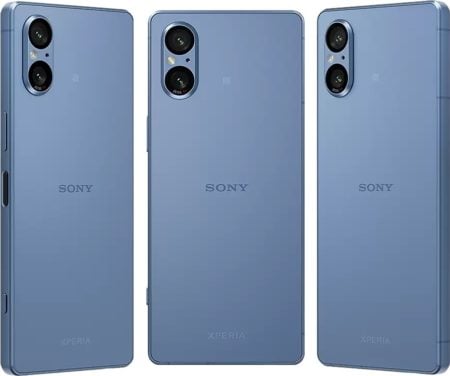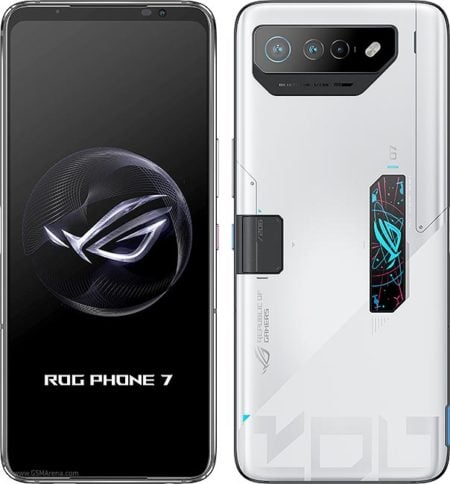Li-Fi, a new technology that could replace Wi-Fi, is gaining attention for its incredible speed and advantages. While Wi-Fi 7 is on its way, the IEEE standards body has introduced the IEEE 802.11bb light communications standard to support Li-Fi. Unlike Wi-Fi, which uses wireless signals, Li-Fi utilizes infrared light, which is invisible to humans, to provide wireless optical connectivity. This can offer speeds up to 100 times faster than Wi-Fi.

Li-Fi has some significant advantages over Wi-Fi. Firstly, it can deliver signals without interference from radio waves. This makes it a promising alternative, especially considering that Li-Fi already has a competing standard called G.9991 from the International Telecommunication Union.
Companies like Signify and pureLiFi are already working on Li-Fi technology. For example, pureLiFi has developed the Light Antenna One system, which meets the 802.11bb standards. This module can be integrated into smartphones and boasts data speeds exceeding 1Gbps. However, its range is limited to devices within 10 feet and has a narrow transmission angle of 24 degrees.
Despite these limitations, Li-Fi offers significant benefits. It provides better security since its signals are less likely to pass through walls, ensuring data privacy. Moreover, Li-Fi transmitters can be easily installed in existing light fixtures in offices, simplifying implementation. The higher data speeds of Li-Fi make it ideal for applications like Augmented Reality, Virtual Reality, and gaming devices that require fast connectivity. Additionally, Li-Fi promises low latencies, enhancing user experiences.
Although Li-Fi is still in its early stages, it holds great potential for the future. In a few years, we may be discussing Li-Fi with the same familiarity as Wi-Fi. Its faster speeds, improved security, and ease of integration into existing infrastructure make it an exciting technology to watch out for.



